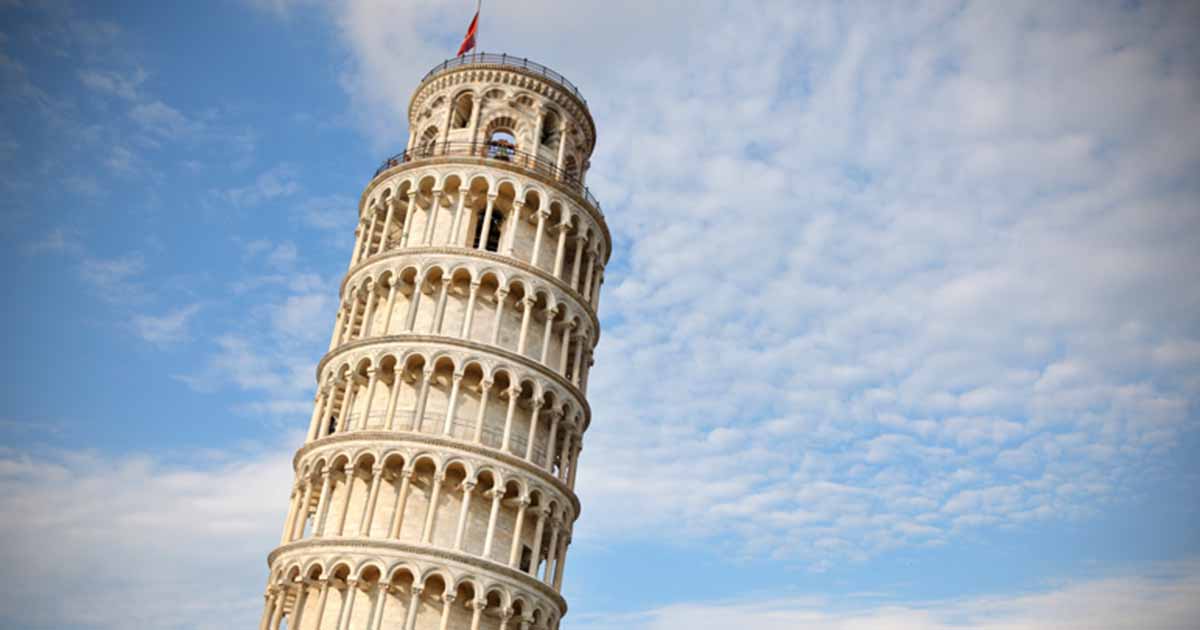5 Surprising Facts of the Leaning Tower of Pisa (Video)
The Leaning Tower of Pisa stands as an enduring emblem of Italy, drawing millions of tourists annually. Yet, amidst its renown, lie intriguing details often overlooked. Firstly, while globally recognized, it shares the stage with other leaning towers worldwide, such as the Capital Gate Tower in Abu Dhabi. Secondly, originally dubbed the Campanile di Pisa, its role as the bell tower for Pisa Cathedral during its prolonged construction from 1173 to 1372 is often sidelined.
- Fame from Fault: Reasons Why the Famous Tower of Pisa Leans
- The Iconic Garisenda Tower of Bologna Has Leaned Too Much!
The legendary tale of Galileo Galilei's gravity experiments from the tower's summit remains shrouded in doubt, with his inclined plane experiments gaining more scholarly favor. Moreover, the tower's characteristic tilt, stemming from Pisa's soft soil, thwarted numerous attempts at rectification throughout history, including Mussolini's misguided intervention. The tower's survival through centuries of earthquakes is particularly remarkable given its precarious lean, which, according to recent research, has been attributed to a phenomenon known as dynamic soil-structure interaction (DSSI).
Despite enduring seismic events in the region, the tower has stood resilient, intriguing engineers and researchers alike. Its stability amidst adversity showcases the intricate interplay between its structure and the surrounding environment.
Top image: Leaning tower of Pisa at sunset, with cloudy blue skies. Source: sugar0607/Adobe Stock
















